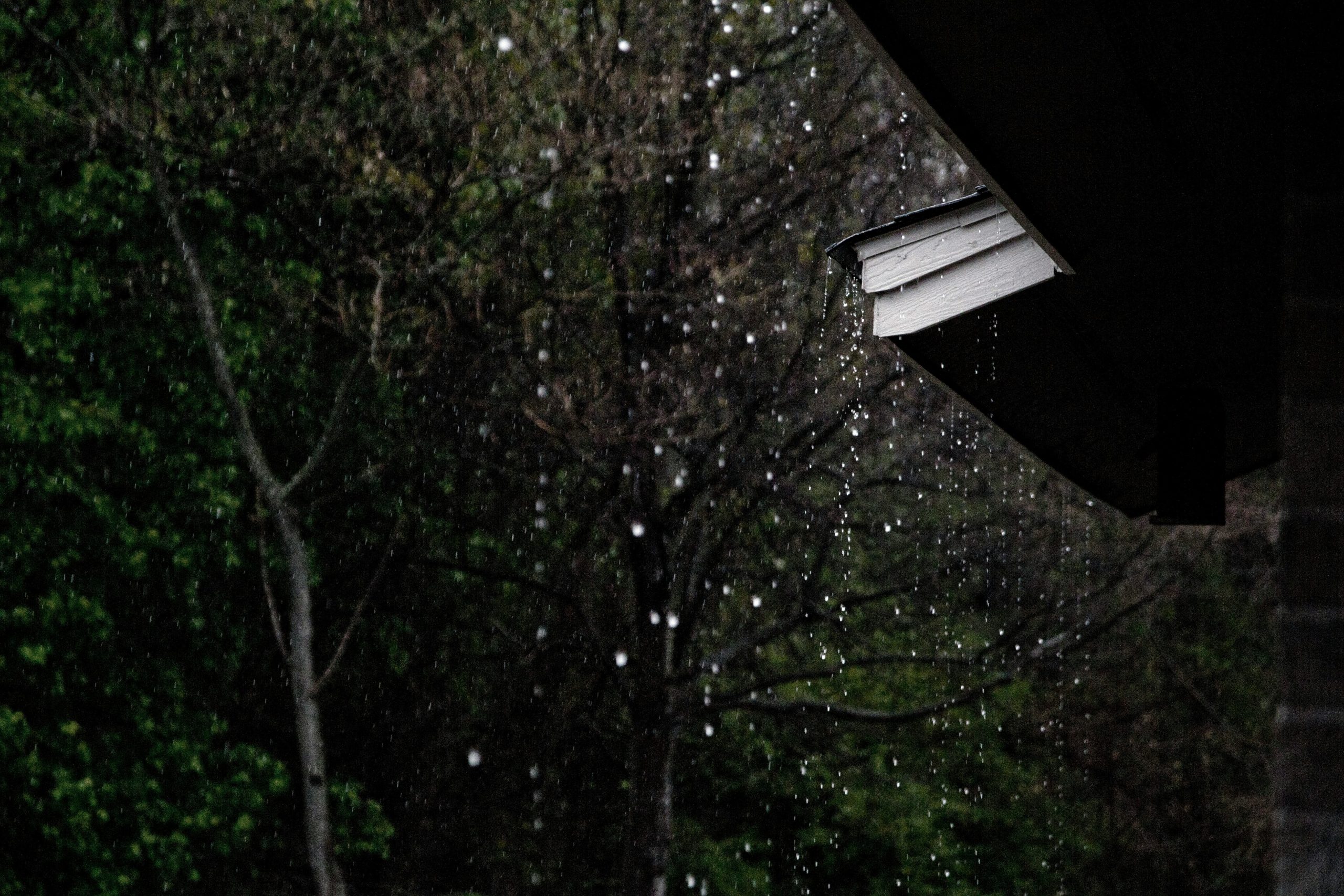This is something that’s not only super unattractive but also a serious problem for your garden. Not only that, but this could impact the foundation of your home down the line, too. Flooding in your garden can be a persistent problem, especially during the rainy season. Excessive water can damage plants, erode soil, and create a muddy mess, again, not an attractive look.
However, with a few strategic measures, you can protect your garden and ensure it thrives even during heavy downpours. That’s right, this is something that you don’t have to struggle with! So, with that said, here are some practical ways you can prevent your garden from flooding.
Can You Improve the Soil Drainage?
So, it’s going to be a good idea to go ahead and start on this one. So, this is pretty much the foundation of solving this problem. You have to keep in mind that compacted soil can hinder water absorption, leading to puddles and surface runoff. To combat this, you’ll need to regularly aerate your soil using a garden fork or aerator. On top of that, incorporating organic matter such as compost or well-rotted manure can enhance soil structure, increasing its ability to absorb and retain water. If this doesn’t work, then try some of the next options, but this usually solves the whole issue.

Install Retaining Walls
Is your property at a slope? If you’re living in a hilly area then this alone usually causes a lot of run off water. In this case, retaining walls can be a valuable addition. These structures hold back soil and water, preventing runoff and soil erosion. These retaining walls can be constructed from various materials such as stone, brick, or wood (so they can complement your garden and your house).
Retaining walls not only serve a functional purpose but can also enhance the aesthetic appeal of your garden because they add a little bit of privacy. So, when you incorporate retaining walls, you can create terraced levels that reduce the speed of water flow and prevent flooding at the bottom of the slop, which can promote better absorption.
Take a Look at Your Gutter System
This isn’t just about the flooding in the garden or the foundation, but you have to think about the siding of your house, too. If your siding gets wet, it’s only a matter of time before your structural integrity gets destroyed. It can be as simple as just having a schedule for cleaning your gutters and downspouts regularly (even three months or so) to avoid blockages that can lead to overflow.
You could also look into extended downspouts away from your garden beds to prevent excessive water from pooling in those areas. This might not be incredibly helpful, but installing a rain barrel can also help capture and store rainwater for use during dry periods.
Consider What You Plant
For the most part, trees and shrubs love sucking out the water from wet areas, so this could be a really easy way to fix this situation. But you’ll have to plant them strategically around your garden, which can help manage excess water and reduce the risk of flooding. You’ll also want to choose species that are well-suited to your local climate and soil conditions for the best results.









No Comments